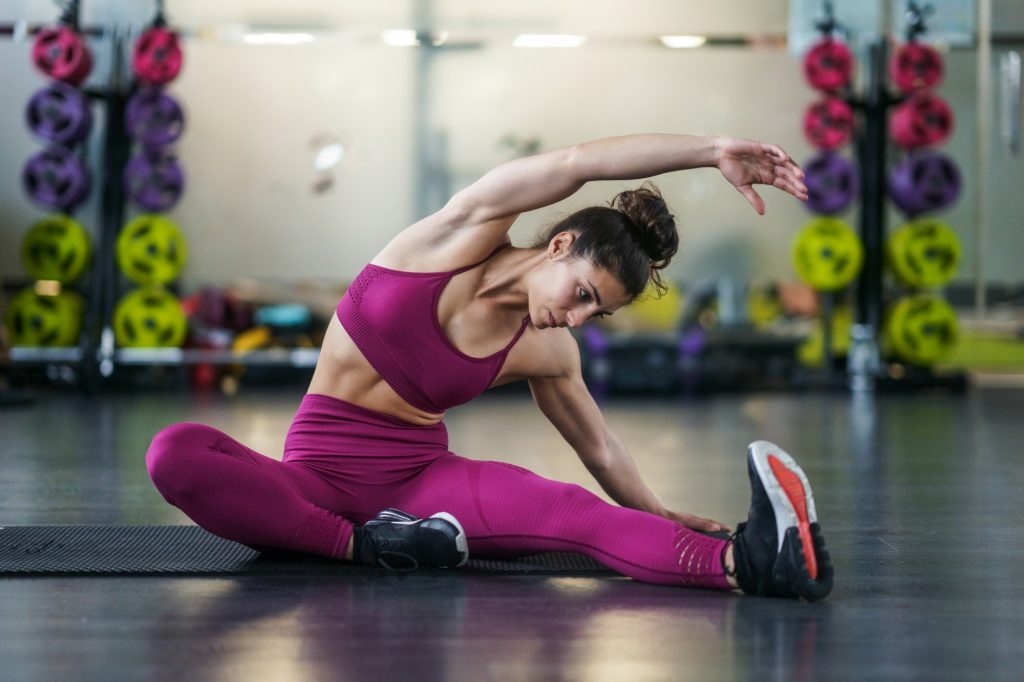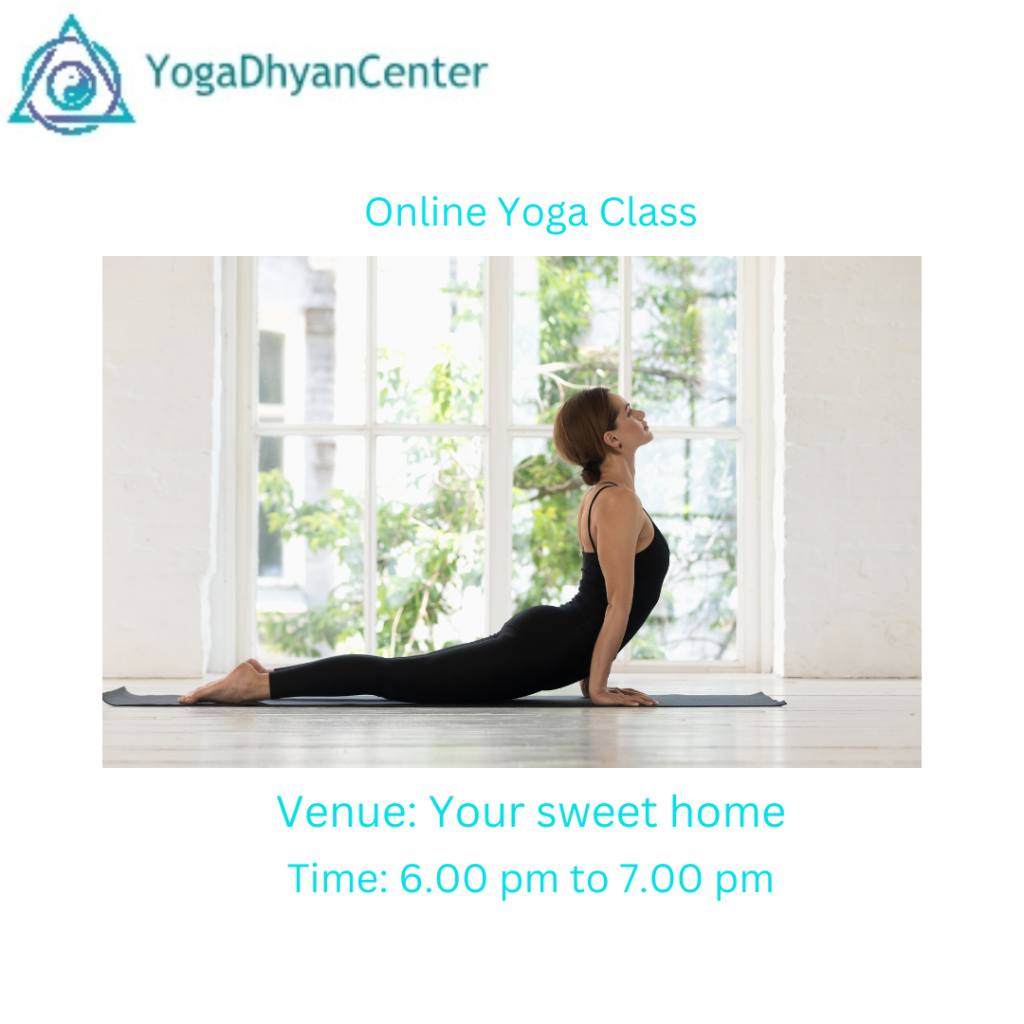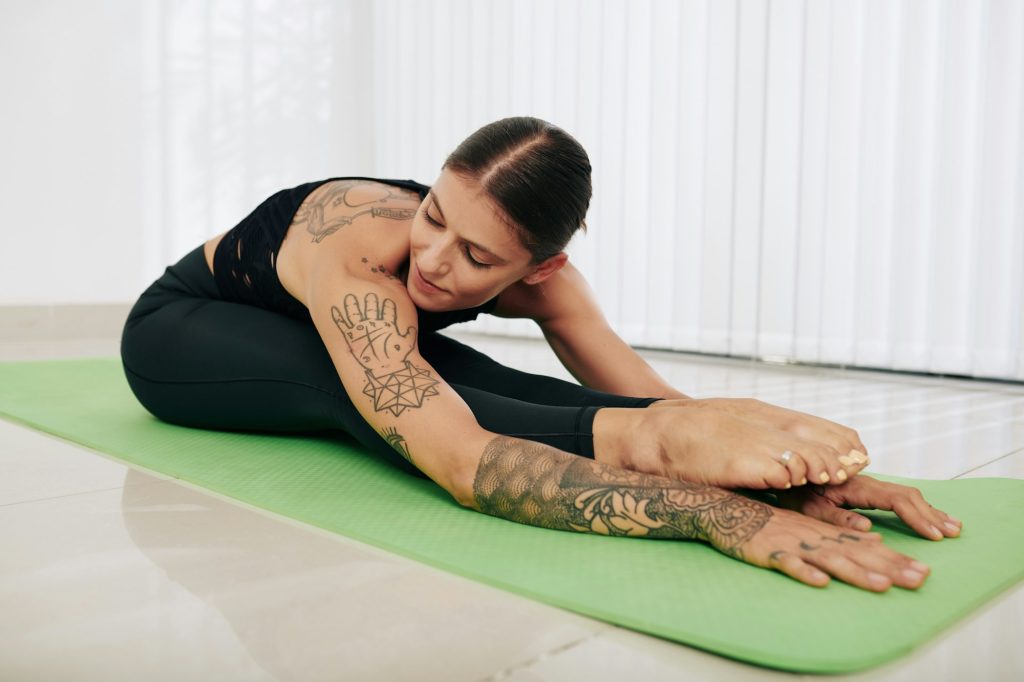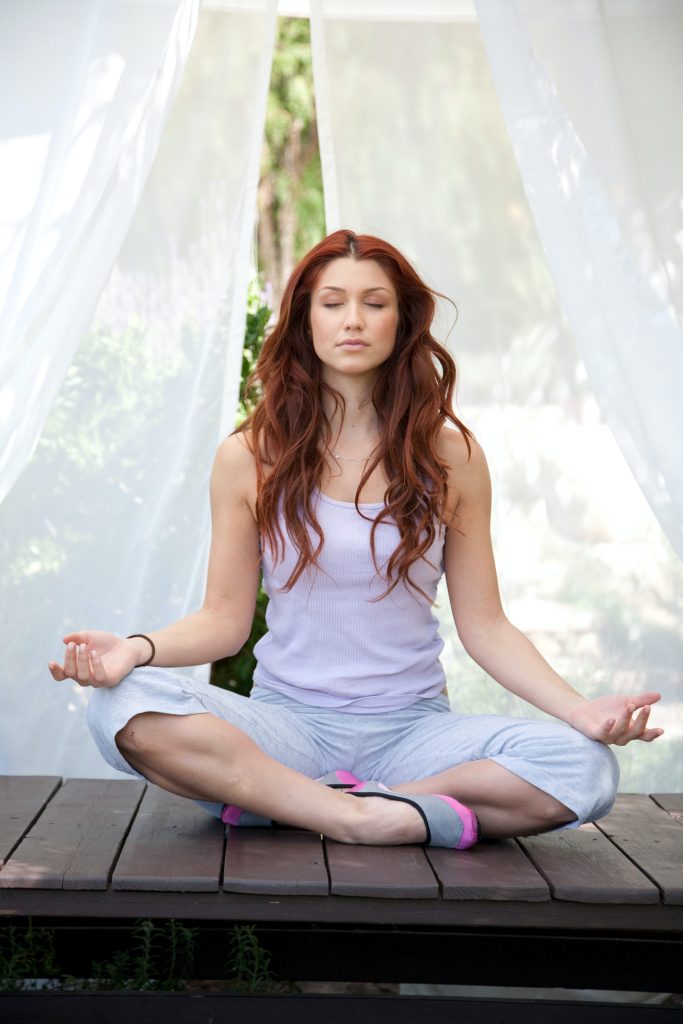How to Choose the Right Yoga Style for You
May 28, 2025How to Choose the Right Yoga Style for You
In the whirlwind of modern life, where deadlines loom large and notifications never cease, it’s easy to feel disconnected—from yourself, your body, and even your mind. Millennials in their 30s and 40s often find themselves caught in this struggle, longing for balance but unsure of how to achieve it.
Yoga, with its transformative power, offers a way to bridge this gap. But with so many yoga styles available, choosing the right one can feel overwhelming. At Yoga Dhyan Center, we believe that the right yoga style can help you regain harmony between your body and mind, guiding you towards a more balanced and fulfilling life.
Let’s explore how you can select the yoga style that resonates most with your needs.
Understanding Your Yoga Goals
Before diving into the different yoga style, ask yourself what you seek from your practice:
- Are you looking for stress relief and relaxation?
- Do you want to improve flexibility and mobility?
- Are you aiming to build strength and endurance?
- Is spiritual growth your primary goal?
Your answers will help you narrow down your choices and select the yoga practice best suited to your needs.
Exploring Different Yoga Styles
Each yoga style has its own essence, pace, and benefits. Here are some popular types to help you decide:
1. Hatha Yoga – The Gentle Gateway
Ideal for beginners, Hatha Yoga emphasizes slow, controlled movements with deep breathing. It helps with flexibility, relaxation, and body awareness, making it a great starting point for stressed professionals looking to ease into yoga.
2. Vinyasa Yoga – The Dynamic Flow
If you enjoy movement and want an energizing practice, Vinyasa Yoga is perfect. It links breath with movement, creating a fluid sequence that builds strength and flexibility. This style is great for those who want a workout while also calming their mind.
3. Ashtanga Yoga – The Discipline Builder
For those who crave consistency, structure, and discipline, Ashtanga Yoga follows a set sequence of postures that progressively build strength and endurance. It’s intense but deeply rewarding, ideal for goal-oriented individuals.
4. Yin Yoga – Deep Relaxation and Release
Yin Yoga focuses on passive stretching and long-held poses, targeting connective tissues and promoting deep relaxation. It’s perfect for those dealing with stress, stiffness, or emotional tension.
5. Kundalini Yoga – Awakening Energy
If you seek a practice that connects movement with breath, meditation, and mantra chanting, Kundalini Yoga is an excellent choice. It focuses on spiritual growth and self-awareness, helping you reconnect with your inner self.
6. Restorative Yoga – Healing and Recovery
For those needing deep healing—whether from stress, fatigue, or past injuries—Restorative Yoga uses props to support poses that encourage deep relaxation and rejuvenation.
How to Choose the Right Style
With so many choices, selecting the right yoga style comes down to self-awareness. Here are some steps to help:
• Reflect on Your Needs – Identify the main reason you’re turning to yoga.
• Consider Your Personality – If you love movement, try Vinyasa; if you prefer introspection, Yin Yoga might suit you best.
• Try Different Classes – Experimenting with different styles helps you discover what feels right.
• Listen to Your Body – Yoga should feel nurturing, not painful or forced.
Why Choose Yoga Dhyan Center?
Yoga Dhyan Center offers online yoga classes tailored to your unique needs. Whether you’re new to yoga or looking to deepen your practice, our expert instructors will guide you through the right style that aligns with your goals.
Imagine unwinding after a long day, flowing through poses that soothe your muscles and calm your mind, all from the comfort of your home. In addition, with flexible scheduling and personalized sessions, you can finally integrate yoga into your life without the stress of commuting or rigid studio timings.
Take the First Step Towards Balance

Image credit: Image by Anne-marie Ridderhof from Pixabay Image by Sonali from Pixabay
Finding the right yoga style is the first step towards a more centered, harmonious life. Join Yoga Dhyan Center’s online yoga classes today, and let’s embark on this journey together.
Your body and mind deserve this transformation—let’s begin.
Millennials who have transformed their lives through yoga:
Finding Strength in Adversity
Shiva, a millennial from Hyderabad, faced a life-altering accident that left him paralyzed. As he was struggling with his new reality, soon he discovered yoga as a way to reconnect with his body and mind. Through consistent practice, he regained a sense of control, improved his breathing, and found emotional resilience.
Overcoming Mental Barriers
One yoga practitioner embarked on a 30-day yoga challenge and found that it helped her break through deep-seated mental blocks. Furthermore, though she was skeptical, she soon realized that yoga was not just about physical flexibility, but also about mental clarity. She summed up saying, “Yoga showed me just how strong I really am and gave me the courage to face obstacles outside the mat”.
Embracing Body Positivity
Jesintha Utthai, a well-known millennial yoga advocate, has been breaking stereotypes by promoting body positivity in yoga. Besides, she encourages practitioners to focus on how they feel rather than how they look, making yoga more inclusive for people of all shapes and sizes.











